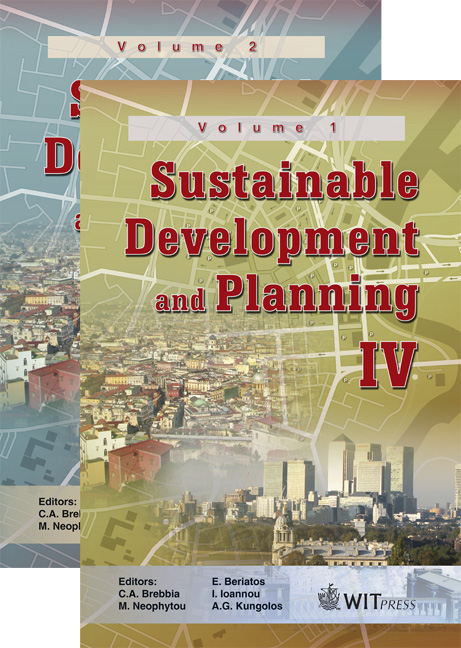Will Noah’s Ark Depart From The Amazon River Floodplains?
Price
Free (open access)
Transaction
Volume
120
Pages
10
Page Range
715 - 724
Published
2009
Size
718 kb
Paper DOI
10.2495/SDP090662
Copyright
WIT Press
Author(s)
I. M. Madaleno
Abstract
The Amazon rainforest constitutes the widest green spot on Earth. However, man’s desire to exploit the incredible ground and underground natural resources is provoking destruction as deforestation pathways widen, rivers fall short on water and climate changes. Research undertaken in Brazil was aimed at the collection of local food, knowledge and practises, a quest intended to recover ancestral ecological experiences on a virtual Noah’s Ark before the announced death of this Garden of Eden. This paper contrasts traditional agro-pastoral and extractive practises gathered among Caboclos along the Amazon River banks and floodplains with modern and capital-intensive agribusinesses settled alongside the BR-163 motorway. This contribution argues that ancestral environmentally friendly farming practises should be protected, both because they preserve the remainder of the woodland and its immense biogenetic richness and the Amazon Basin Rivers and their bounteous potential for life. Successful and long sustained cultivation on fertile riverbank alluvial soils, rebuilt by floods year after year, possesses a favourable demonstrative effect, valuable for other tropical sites, constituting a good array of best practises towards sustainable development. Keywords: Amazon rainforest, floodplains, BR-163, sustainable development. 1 Introduction The Legal Brazilian Amazon (LBA) was first established in 1953 (Law 1 806) and recently redrawn by force of the 2007 Complementary Law nº 124. It comprises 8.5 Brazilian states, located west of 44ºW of Greenwich. The LBA totals 5,088,688 km2, about 60% of Brazil, where demographic growth after the Second World War reached 518%, well above the national average of 254% (see
Keywords
Amazon rainforest, floodplains, BR-163, sustainable development.





